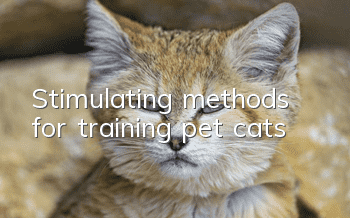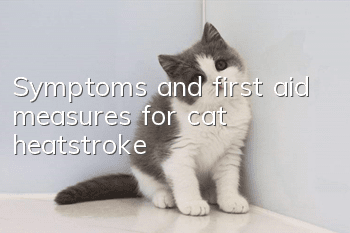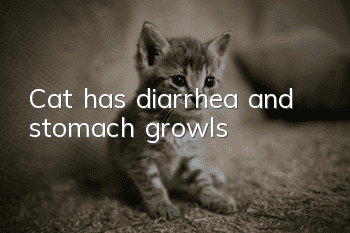Stimulating methods for training pet cats

There are two types of stimulation methods used in cat training: unconditioned stimulation and conditioned stimulation.
Unconditioned stimuli: Unconditioned stimuli include mechanical stimuli and food stimuli.
Mechanical stimulation refers to the mechanical effects exerted by the trainer on the cat's body, including patting, stroking, pressing, etc. Mechanical stimulation is a mandatory sub-segment, which can help cats make corresponding movements, fix postures, and correct mistakes. The disadvantage of mechanical stimulation is that it can easily cause mental stress in cats and inhibit training.
Food stimulation is a means of reward. The effect is better. However, the food used must be something that cats like. Only when the cat becomes interested in food will good results be achieved. At the beginning of training, every time an action is completed, the cat will be rewarded with food, and then gradually reduced until finally no food is given. In actual training, combining the two stimulation methods will achieve better results.
Conditioned stimuli: Conditioned stimuli include commands, gestures, whistles, bells, etc. Commonly used conditioned stimuli are verbal commands and gestures, especially verbal commands are the most commonly used stimulus. During training, the command must be combined with the corresponding unconditioned stimulus to enable the cat to form a conditioned reflex to the command. The tones of the various passwords should be different, and the tones of each password should be consistent. Gestures are a stimulus for commanding cats by making certain postures and shapes with their hands. Gestures play an important role in cat training. When creating and operating gestures, attention should be paid to the independence and legibility of various gestures. Each gesture should be stereotyped, used accurately, and clearly different from daily actions.
- Can feeding a cat birth control pills prevent estrus?
- What does a cat’s physical examination check? How much does a pet cat physical examination cost?
- Can cats also get diabetes? Diagnosis and treatment of feline diabetes!
- How to treat nasal branch in cats?
- How should I care for a newborn kitten I found?
- What foods should Turkish Vancordis cats avoid?
- What should I do if my cat is too obese? How to lose weight if your cat is overweight?
- At what age should kittens be dewormed?
- The cat can't breathe and keeps panting. What's going on?
- How to choose a brand of cat food for kittens? Which brand of cat food is good for kittens?



